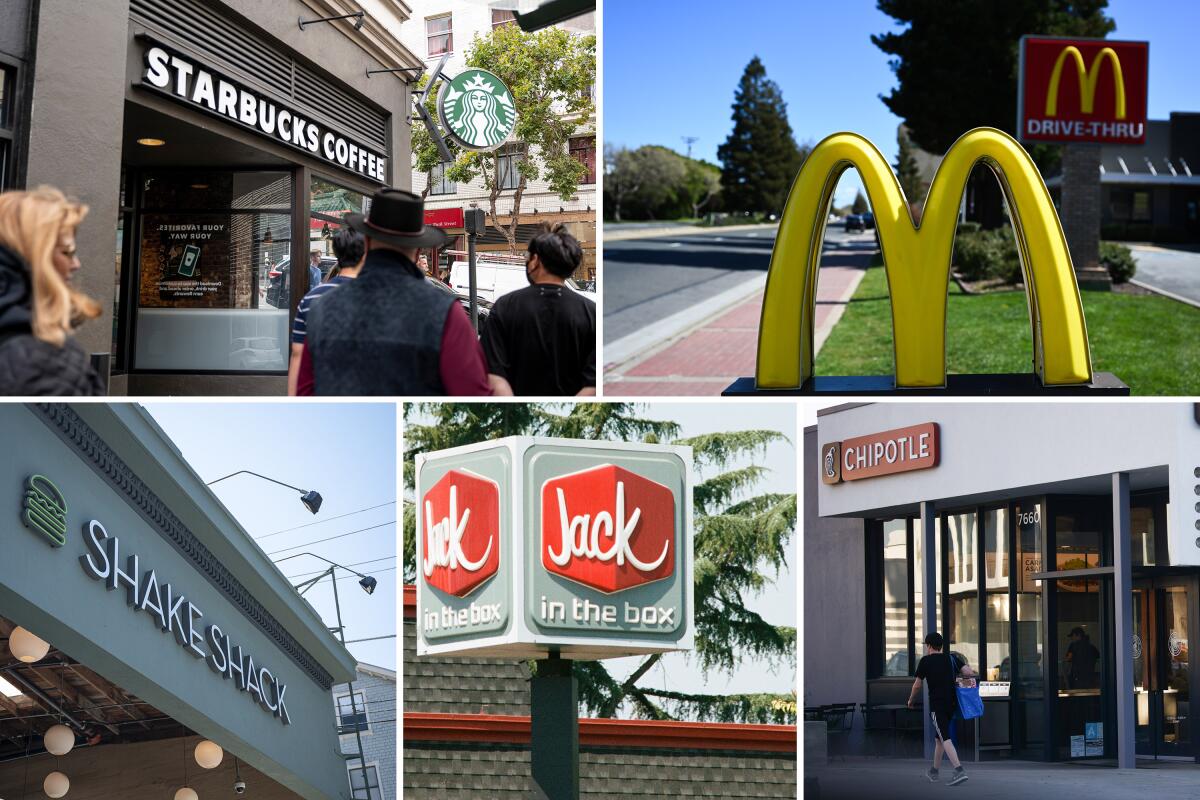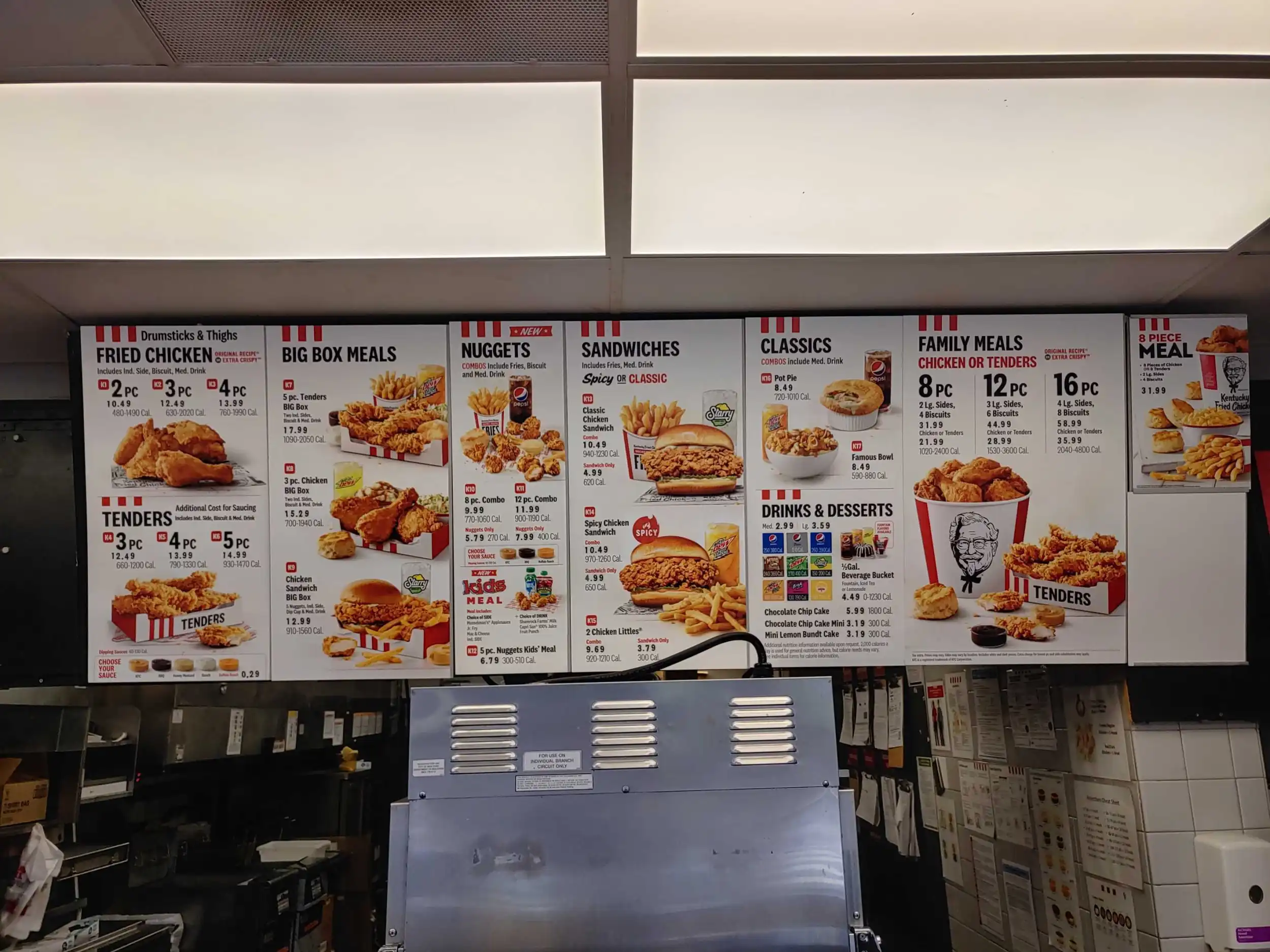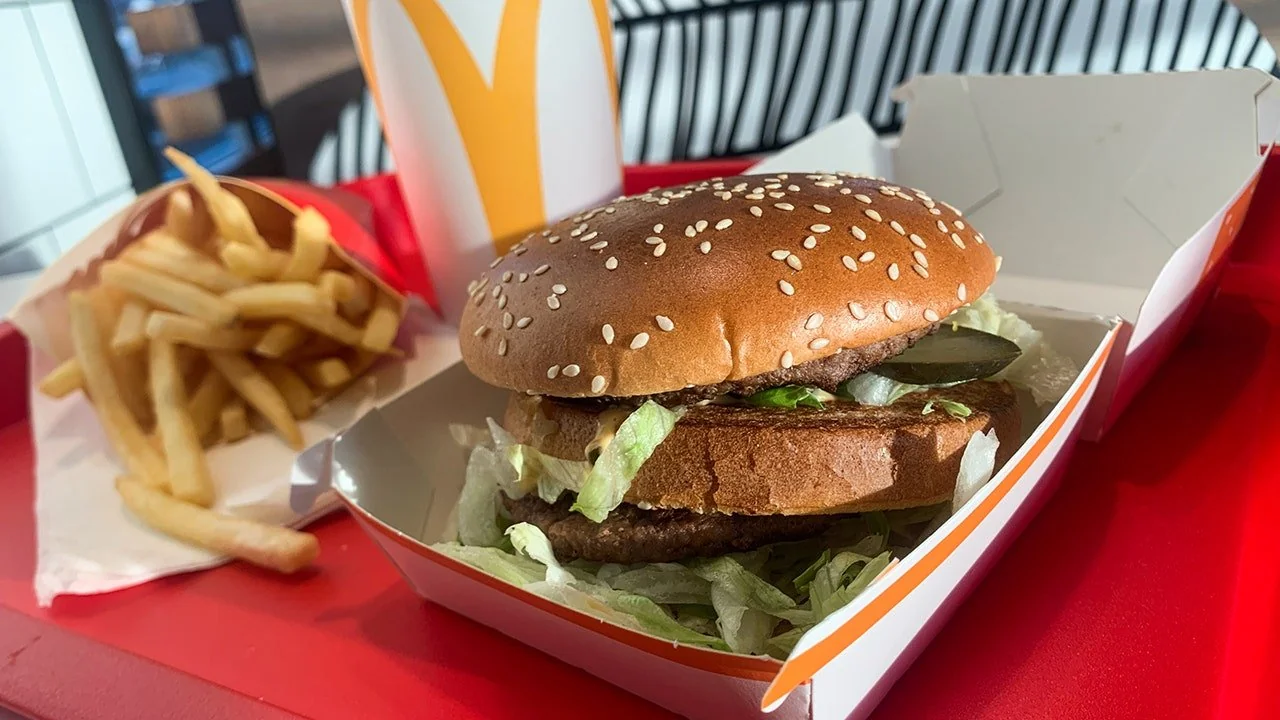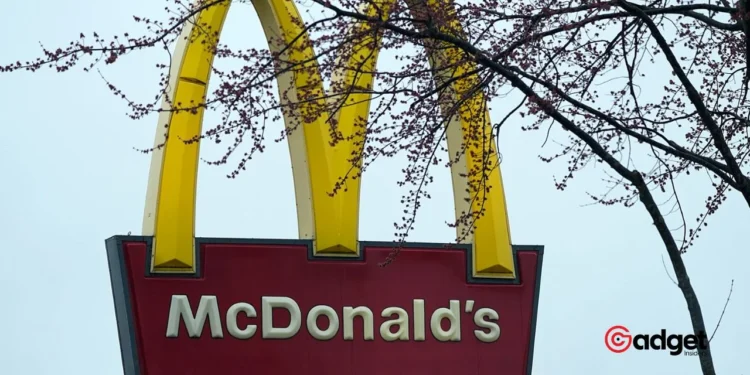As Californians adjust to the new minimum wage laws that have set the floor at $20 per hour for fast food workers, a significant shift is occurring in the state’s fast food industry. Many prominent chains, from McDonald’s to Starbucks, have responded by increasing their menu prices to cope with the higher wage costs. This move aims to balance the need to maintain profitability while complying with the legal requirements that came into effect on April 1.

“From McDonald’s to Starbucks: The Price You Pay for Higher Wages.
Balancing Act: Wage Increases vs. Price Hikes
The price adjustments vary across the board, illustrating a diverse approach by different franchises and chains to manage the increased operational costs. Scott Rodrick, who owns 18 McDonald’s restaurants in Northern California, openly shared his strategy of raising prices alongside considering changes to store hours and postponing renovations to offset the new expenses.
Similarly, Burger King outlets in California have implemented a 2% price increase, a relatively modest adjustment compared to others in the industry. On the higher end, Wendy’s has marked up its menu prices by 8%, reflecting a significant reaction to the wage increases.
Fast food workers in California fought hard for a $20 minimum wage.
Now they have it.
But they also have FEWER jobs and HIGHER prices.
If only someone could have predicted that: pic.twitter.com/t8kobxsNTG
— John Stossel (@JohnStossel) May 28, 2024
Strategic Responses to Rising Costs
Chipotle Mexican Grill reported a 7.5% rise in prices at its California locations. This move was confirmed during a late April earnings call, noting a general price increase of 6% to 7% across its stores in the state over the previous year. This adjustment is part of a broader trend observed within the fast food sector where brands are grappling with inflation and other economic pressures by modifying their pricing strategies.
Starbucks also joined the list of chains tweaking prices, with a 7% increase in their California stores, translating into beverages being about 50 cents more expensive since the law took effect.

Innovation Over Inflation: The In-N-Out Approach
Contrasting sharply with these widespread price increases is Lynsi Snyder, president of In-N-Out Burger, who has taken a stand to minimize price hikes at her chain. In a recent interview with NBC’s “Today,” Snyder emphasized her efforts to keep increases in check despite the inflationary environment. “When everyone else was taking jumps, we weren’t,” Snyder remarked, highlighting a strategic choice to absorb some of the cost pressures rather than passing them entirely onto consumers.
The Smaller Players and Their Struggles
Not all responses involve straightforward price increases. Some smaller chains and franchisees are adopting alternative strategies to manage costs. For example, Marcus Walberg, a franchisee of Fatburger in Los Angeles, plans to raise prices by 8% to 10% while also cutting paid time off (PTO) for employees and freezing hiring.
Vitality Bowls’ franchisee in San Jose, Brian Hom, has opted for a similar approach, increasing prices by 5% to 10% and reducing staff hours. These decisions reflect a broader trend of fast food outlets finding varied ways to deal with financial pressures stemming from wage increases.
The Road Ahead: Navigating New Challenges
As these price adjustments take place, the question remains on how this will affect consumer behavior. Historical data suggests that significant price hikes could deter some customers, adding another layer of complexity to the operational challenges these restaurants face. However, with the wage increase providing more disposable income for many workers, there might be an offsetting increase in spending power within the community.

California’s Fast Food Dilemma: Balancing Welfare and Viability
The fast food industry in California is at a crossroads, balancing employee welfare with business viability. The choices made by different brands and franchisees will likely serve as a model for similar scenarios in other states considering wage adjustments. For more insights into these developments, keep an eye on industry reports and analyses that track the ongoing impacts of wage laws on the food service sector.










